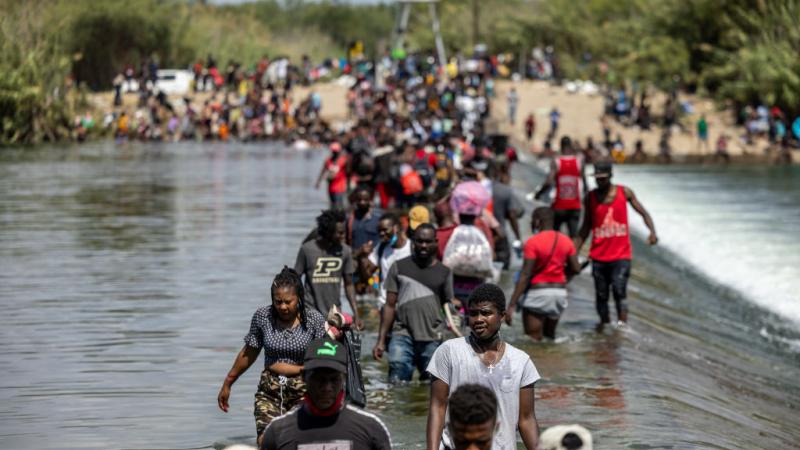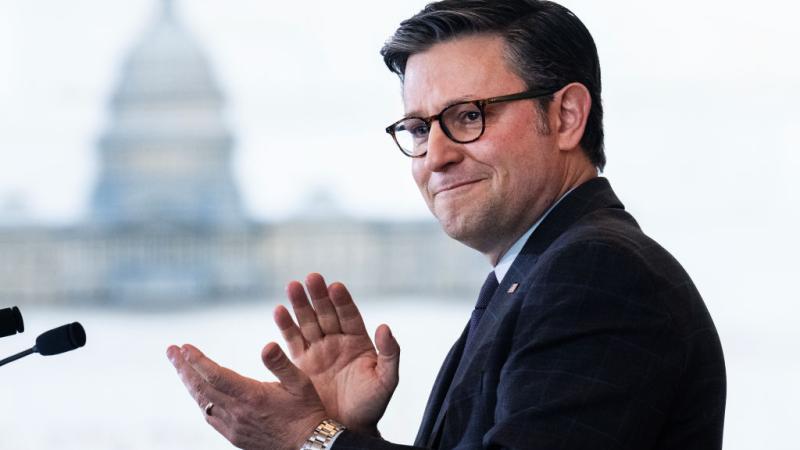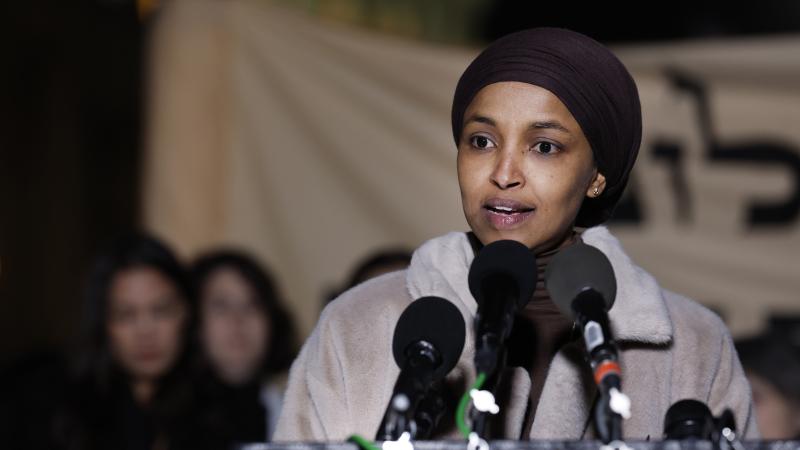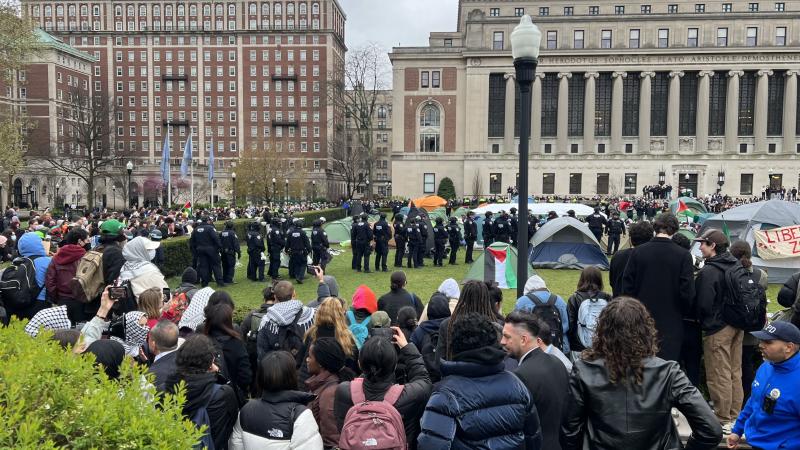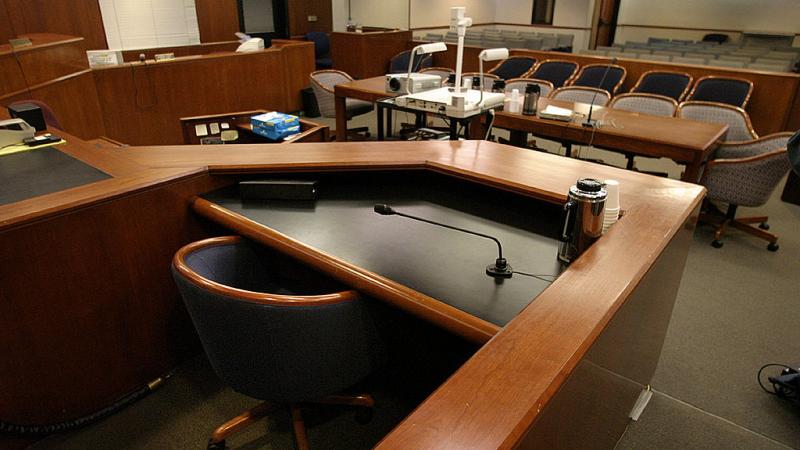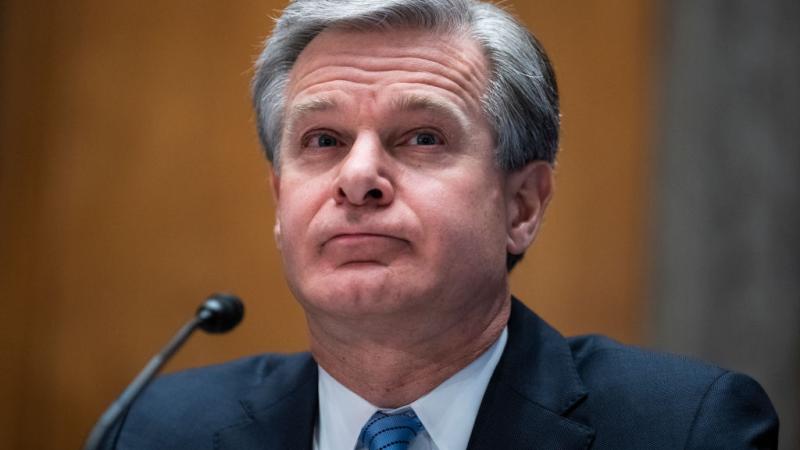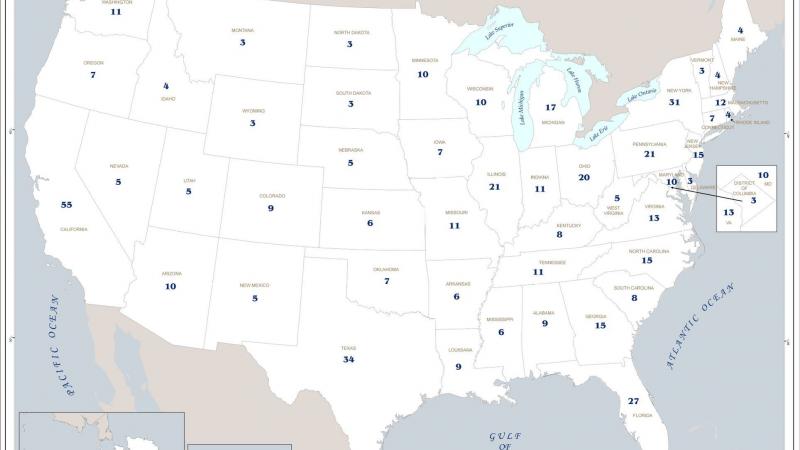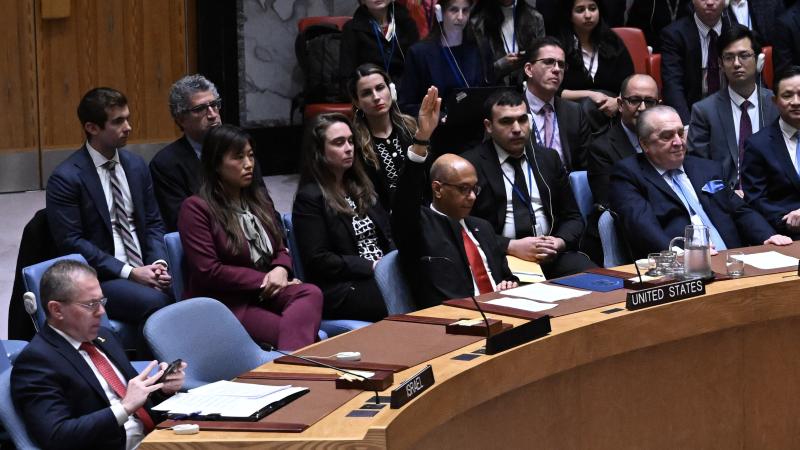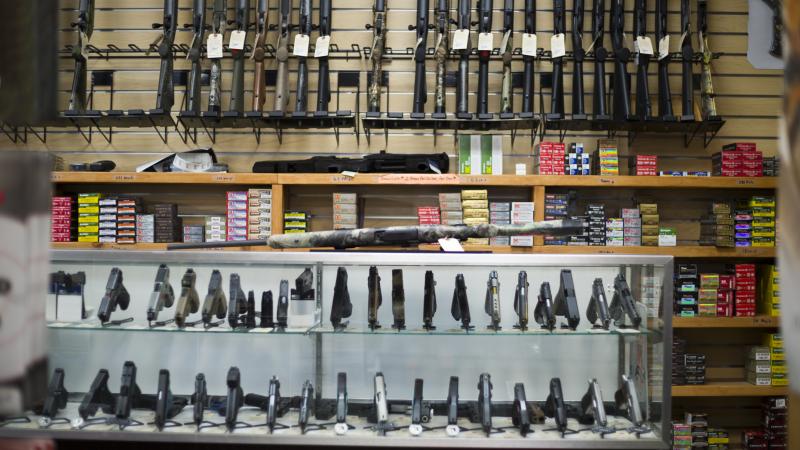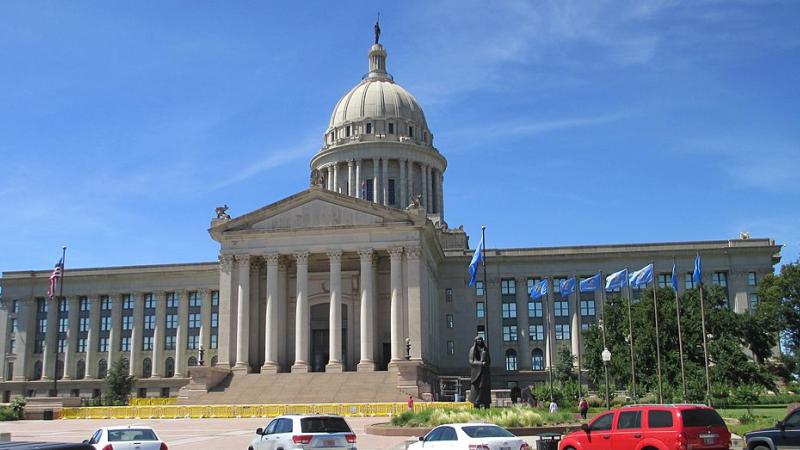Rush to judgement? Three crucial questions remain unanswered about Capitol siege
What did Nancy Pelosi know? A prior plot or spontaneous riot? Were there inside facilitators?
One thing recent history has taught America is the first storyline of major tragedies or controversies is never the most accurate.
Americans were told by the Bush administration that they were sucker-punched by a surprise attack on 9/11 by terrorists, only to learn the CIA and FBI had significant advance evidence of the plot and its players and failed to connect the dots.
Susan Rice originally told the nation that the attack on the U.S. consulate in Benghazi was carried out spontaneously by a mob angered by an anti-Muslim video. The attack, it turned out, was pre-planned and carried out by an al-Qaeda-aligned terror group in Libya.
The country was assured Christopher Steele's dossier provided credible evidence of Donald Trump colluding with Russia, when in fact the CIA and FBI knew almost immediately it was uncorroborated and based in part on Russian disinformation.
And now just a week after the heinous and deadly siege of the U.S. Capitol, the final narrative of what actually happened is still being written, revised and unmasked.
Since the weekend, major bombshell revelations already have substantially revised the initial story of a spontaneous mob overrunning an unsuspecting Capitol police force.
The FBI admitted Tuesday it received information ahead of the Jan. 6 tragedy suggesting some participants were planning a "war" on the Capitol, including killing officers and distributing maps of the complex. It alerted Washington D.C. law enforcement through the joint terrorism task force alert system. It also "disrupted" the travel plans of some of the suspected trouble-makers.
"We developed some intelligence that a number of individuals were planning to travel to the D.C. area with intentions to cause violence," Assistant Director Steven M. D'Antuono said. "We immediately shared that information, and action was taken."
The New York Police Department is reported to have given the Capitol Police similar intelligence warnings of impending violence.
The chief federal prosecutor in Washington declared Tuesday he is pursuing conspiracy charges, signaling the attacks on the Capitol involved multiple acts and multiple conspirators working in concert with each other. The prosecutor talked about the planting of carefully constructed IEDs as one such act. In other words, there was pre-planning for some elements of last Wednesday's chaos.
And the official timeline of events constructed by the New York Times through videos shows protesters began breaching the perimeter of the Capitol a full 20 minutes before Trump finished his speech.
This new evidence raises the first compelling question that remains unanswered. How could Trump incite an attack that had already been pre-planned and was in motion before his speech ended?
A senior intelligence official told Just the News he has found no evidence that the president, the White House or the National Security Council was alerted in formal intelligence briefings to the pre-warnings or suspicions of violence the FBI and NYPD have admitted they had.
D'Antuono explained that one of the concerns the FBI had was trying to distinguish whether those writing "despicable things on the internet are just practicing keyboard bravado or they actually have the intent to do harm."
Former NYPD Commissioner Bernard Kerik told Just the News on Tuesday it appeared the FBI and NYPD did their job in alerting the Capitol Police, but the evidence of a pre-planned attack would undercut the current narrative that Trump had incited a spontaneous insurrection.
"By all accounts, the FBI, NYPD and other authorities did exactly what they should have done by conducting interviews and making notifications to the Washington D.C. authorities," Kerik said. "If these reports are true, you cannot incite a group that already pre-planned acts of violence by days or weeks, and it raises serious questions as to what security precautions were taken at the Capitol as a result."
Getting the facts to resolve this question is essential for congressional and federal investigators, both for the legacy of Trump and for learning how to avoid a repeat of the deadly tragedy that struck last Wednesday.
The second major question that remains unanswered is: What did House Speaker Nancy Pelosi and the other leaders in Congress know — and when did they know it — about the possibility for violence and the Pentagon's pre-attack offer to send National Guardsmen to reinforce the Capitol Police?
The U.S. Capitol Police Chief Steven Sund, who resigned after the attack, told The Washington Post that security officials at the House and Senate rebuffed his early request to call in the National Guard ahead of a protest.
Sund alleged that House Sergeant-at-Arms Paul Irving was concerned with the "optics" of declaring an emergency ahead of the protests and rejected a National Guard presence. He says Senate Sergeant-at-Arms Michael Stenger recommended that he informally request the Guard to be ready in case it was needed to maintain security.
Irving and Stenger have not talked publicly. But their account will be essential to the final effort to assign accountability for the glaring security lapses exposed last Wednesday. The key questions for both men is whether they warned Pelosi or Senate Leaders Mitch McConnell and Chuck Schumer about the violence concerns or consulted with the leaders about the idea of activating the Guard.
Democrats for weeks were concerned by the pro-Trump rally and previously had criticized Trump for using National Guard to quell Black Lives Matter riots in the summer. The leadership's discussions with their security chiefs now becomes an essential investigative focus.
Finally, there is this troubling third question: Were there facilitators inside the Capitol and outside it who instigated or enabled the attack to be carried out?
Rep. James Clyburn (D-S.C.) one of the House's longest serving and most respected members, first raised this question a few days ago. He aptly noted that protesters were able to locate and penetrate his unlisted, unmarked office within minutes, raising the possibility they had inside help.
And video taken contemporaneously shows officers and other people opening doors to rushing rioters and some people — purported by the filming cameramen to be leftist anarchists —smashing windows and urging protesters to jump into the Capitol.
Identifying any insider help and the motives will be the final and perhaps most delicate task investigators face.
The Facts Inside Our Reporter's Notebook
Links
- told by the Bush administration
- failed to connect the dots
- usan Rice originally told the nation
- pre-planned and carried out by an al-Qaida
- Assistant Director Steven M. D'Antuono said
- pursuing conspiracy charges
- protesters began breaching the perimeter of the Capitol a full 20 minutes before Trump finished his speech
- U.S. Capitol Police Chief Steven Sund, who resigned after the attack, told The Washington Post

